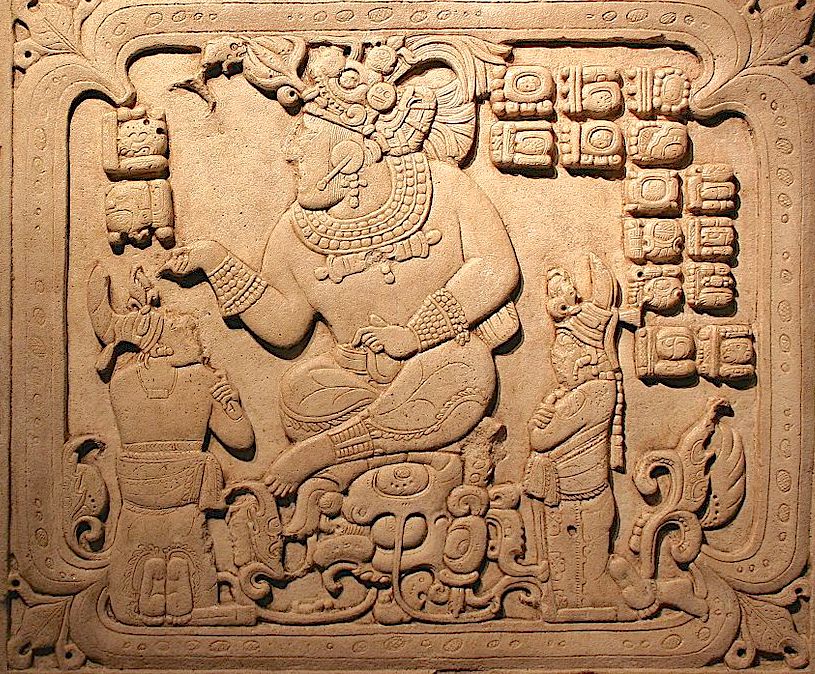Mayan Dwarf Liminality
February 23, 2020
Short-statured people, dwarfs and people with achondroplasia play a significant role in Maya mythology. It was believed that dwarfs lived together with the gods long before humans even existed. This presumed divine proximity and intimacy gave the small-statured status. Dwarfs knew something that the taller people didn’t. They harboured wisdom. Dwarfs were given elevated social roles that were steeped in cosmology and religious mythology. Similar status was given to dwarfs in ancient Egypt, and being small by no means hindered short people from rising to the very top of the royal bureaucratic apparatus.
This appreciation and even reverance of the short shows how storytelling allows appreciation of the specific capacities of the small while harnessing a universal understanding that man is created equal. Rather than discriminate, patronise or ridicule the short-statured the cultural compass of Maya and ancient Egyptians created mental and practical space for other sizes. We must further reflect on some of the small statured protagonists of Maya mythology. How can local storytelling and myth create the conditions that will allow people to see the specific qualities of the small-bodied and tap into worlds and learnings that give other perspectives? The Maya channeled the ‘otherness’ of dwarves into visual metaphors for liminality and transformation, and thus expanded our understanding of what it means to be human. This could potentially inspire an open and curious attitude towards the small and foster appreciation for smallness as a quality rather than a disadvantage. Smallness is a superpower.